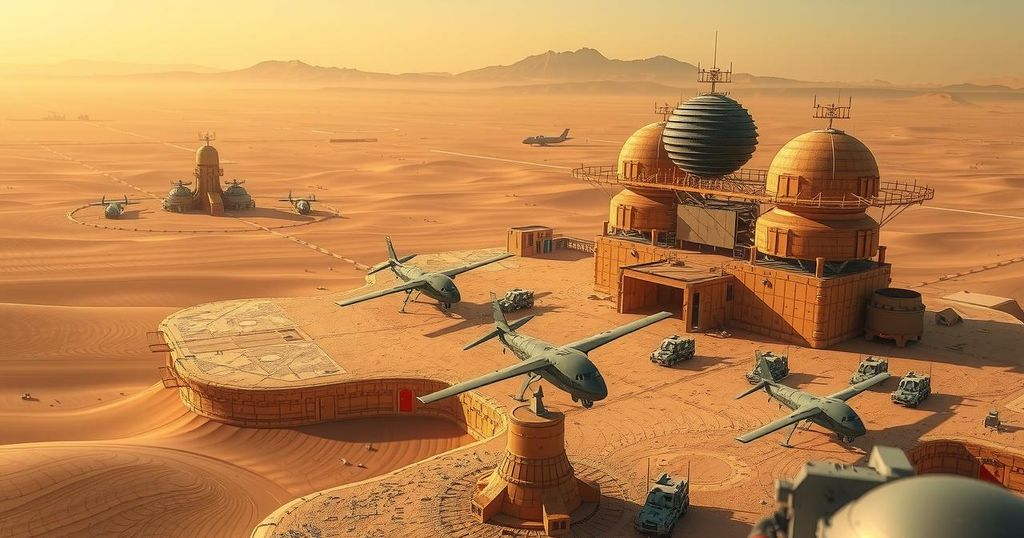Syria’s new president Ahmed al-Sharaa visited Saudi Arabia, indicating a shift away from Iranian influence. His meeting with Crown Prince Mohammed bin Salman signifies a growing partnership with Gulf states and potential for lifting sanctions. This visit reflects changing regional dynamics, where Saudi Arabia aims to bolster Syria’s legitimacy and reintegrate it into the global economy, amid diminished Iranian power.
The recent visit of Syria’s newly appointed president, Ahmed al-Sharaa, to Saudi Arabia marks a significant shift in the geopolitical landscape of the Middle East. This trip represents his first official foreign engagement since taking office, demonstrating a strategic pivot away from Iran towards the Gulf states. During his meeting with Crown Prince Mohammed bin Salman, both leaders, hailing from Riyadh, discussed potential collaborations as Saudi Arabia positions itself to influence Syria’s future.
Al-Sharaa’s choice of Saudi Arabia as his inaugural destination underscores a pivotal transformation in Syria’s alliances. Analysts note this development as indicative of Syria’s move away from Iranian dominance, with various regional leaders, including those from Jordan and the UAE, applauding Sharaa’s leadership. This shift signifies a notable decline in Iranian influence and presents an opportunity for Saudi Arabia to re-establish its presence in Damascus, as reported by The New York Times.
In light of these developments, Western diplomats are reportedly engaging with Syria’s new government, considering the prospect of lifting international sanctions that hinder economic recovery. Should Riyadh support Sharaa, his administration may gain legitimacy in the international arena, facilitating Syria’s reintegration into the global economy. As journalist Hassan I. Hassan observes, Saudi Arabia holds significant influence during this crucial phase for Syria’s political safety.
The article discusses the evolving relationship between Syria and Saudi Arabia following the appointment of Ahmed al-Sharaa. Historically, Syria has been closely allied with Iran, but the current geopolitical dynamics suggest a shift in favor of Gulf Cooperation Council (GCC) nations. This reflects broader regional trends, where powers like Saudi Arabia seek to assert their influence over Syria amid the diminishing role of Iran following the Syrian civil war and changes in international diplomatic stances.
In conclusion, Ahmed al-Sharaa’s visit to Saudi Arabia is emblematic of a transformative moment for Syria, hinting at a departure from Iranian influence. This engagement with Saudi Arabia could pave the way for Syria’s economic revitalization and political reformation, contingent upon the support from Gulf states and the West. The evolving dynamics within the region may significantly impact Syria’s future trajectory and relationships with its neighbors and the global community.
Original Source: www.semafor.com




